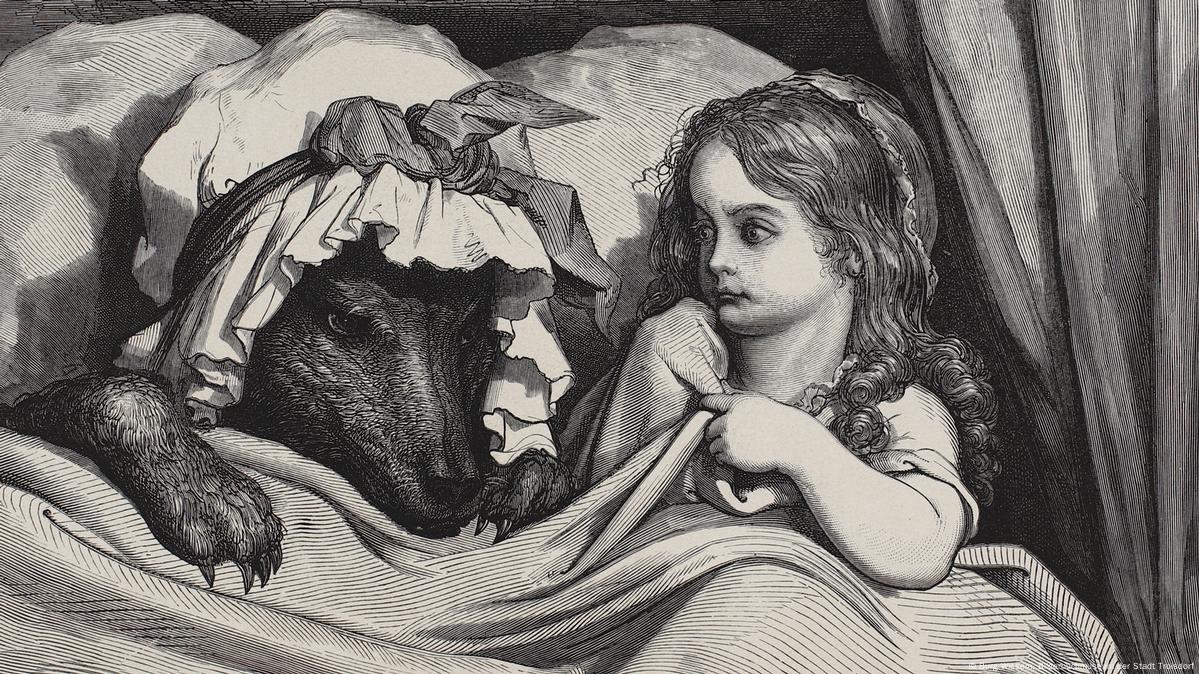mofotechblog.com – The relationship between wolves and humans is a multifaceted one, characterized by a mix of conflict, coexistence, and cooperation throughout history. As apex predators, wolves have long evoked both fear and admiration in human societies, leading to a rich tapestry of cultural narratives and ecological interactions.
Historical Interactions
Historically, wolves have been both competitors and companions to humans. In many cultures, wolves were feared as threats to livestock and human safety. This fear often led to widespread hunting and persecution. However, wolves also played a significant role in the domestication of dogs, showcasing an early form of cooperation. The selective relationship between humans and wolves laid the groundwork for the development of dogs as loyal companions.
Cultural Perceptions
Wolves have been depicted in various ways across cultures. In Western folklore, they often symbolize danger and cunning, as seen in tales like “Little Red Riding Hood.” Conversely, many Indigenous cultures in North America view wolves as spiritual beings or totems, embodying qualities such as loyalty, courage, and intelligence. These cultural narratives reflect the diverse ways in which humans perceive and interact with wolves.
Ecological Importance
Ecologically, wolves are critical to maintaining balance within their ecosystems. As apex predators, they help regulate prey populations, which in turn influences vegetation and other wildlife. The reintroduction of wolves to areas like Yellowstone National Park has demonstrated their role in restoring ecological balance, a concept known as trophic cascade.
Conservation Challenges
Despite their ecological importance, wolves face numerous conservation challenges. Habitat loss, human-wildlife conflict, and hunting pressures threaten their populations. Conservation efforts must balance the needs of human communities with ecological preservation, requiring strategies such as protected areas, compensation for livestock losses, and public education to foster coexistence.
The Path Forward
Moving forward, the relationship between wolves and humans continues to evolve. Advances in ecological science and a growing appreciation for biodiversity support efforts to protect and coexist with wolves. By understanding and respecting their role in nature, humans can work towards a future where both wolves and people thrive.
Conclusion
The complex relationship between wolves and humans is a testament to our shared history and interconnectedness. Through conflict and cooperation, wolves have shaped human cultures and ecosystems. As we navigate the challenges of conservation, fostering a deeper understanding and respect for these majestic creatures is essential for ensuring their survival and the health of our shared environment.
